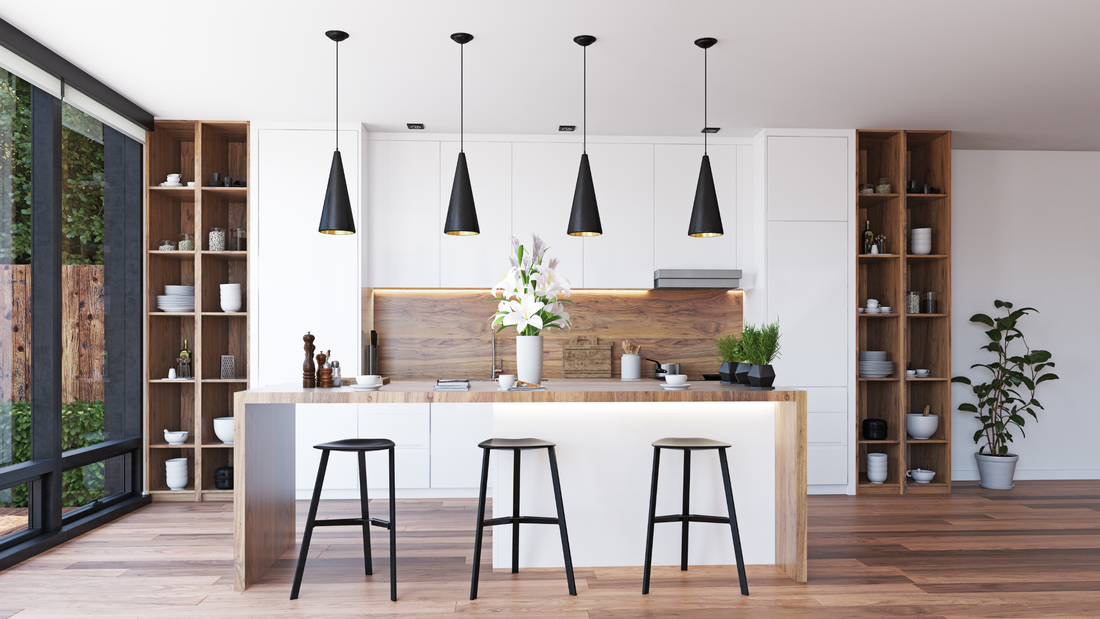
The Psychology of Colors in Interior Design 🎨🛋️
Share
Color transforms spaces in ways that go beyond mere decoration—it can influence emotions, behaviors, and even physical responses. Interior designers, psychologists, and architects know that choosing the right palette can make a room feel energizing, soothing, or even luxurious.
Warm Colors 🔥
Warm tones like red, orange, and yellow are energizing and bold. Red stimulates passion and social interaction, which is why it’s commonly used in dining areas to encourage lively conversations. Orange, on the other hand, exudes warmth and creativity, making it perfect for studios or playrooms. Yellow sparks joy and optimism—just a hint on a wall or in decor accessories can make a dull kitchen feel vibrant and cheerful. Use warm colors sparingly if your room is small, as they can visually shrink the space, but consider them for accent walls, pillows, or rugs.
Cool Colors ❄️
Blues, greens, and purples bring calm and relaxation. Light blues mimic the serenity of a clear sky, making them ideal for bedrooms and bathrooms. Deep greens connect us to nature and reduce stress, while soft lavender or purple tones evoke luxury and introspection. By pairing cool colors with neutral furnishings, you create spaces that feel airy, open, and restorative.
Neutrals ⚪⚫
Beige, white, gray, and taupe provide timeless backdrops. These colors are versatile, allowing furniture, artwork, and textiles to stand out. Layer textures—think linen curtains, wool rugs, and matte or glossy finishes—to avoid monotony. Neutrals are perfect for open-plan homes because they unify different zones and create a cohesive aesthetic.
Pops of Color 🌈
Even in neutral spaces, small pops of bold color can create personality and energy. A teal vase, mustard throw pillows, or coral-colored chairs can make a room visually dynamic. The key is balance—too many contrasting colors can overwhelm, but one or two well-placed accents energize and draw the eye.
Practical Tip ✅
If you’re unsure about committing to wall color, start small. Use accessories, rugs, or removable wallpaper to test the vibe. Observe how natural light affects color throughout the day—it can look drastically different in the morning versus evening.
